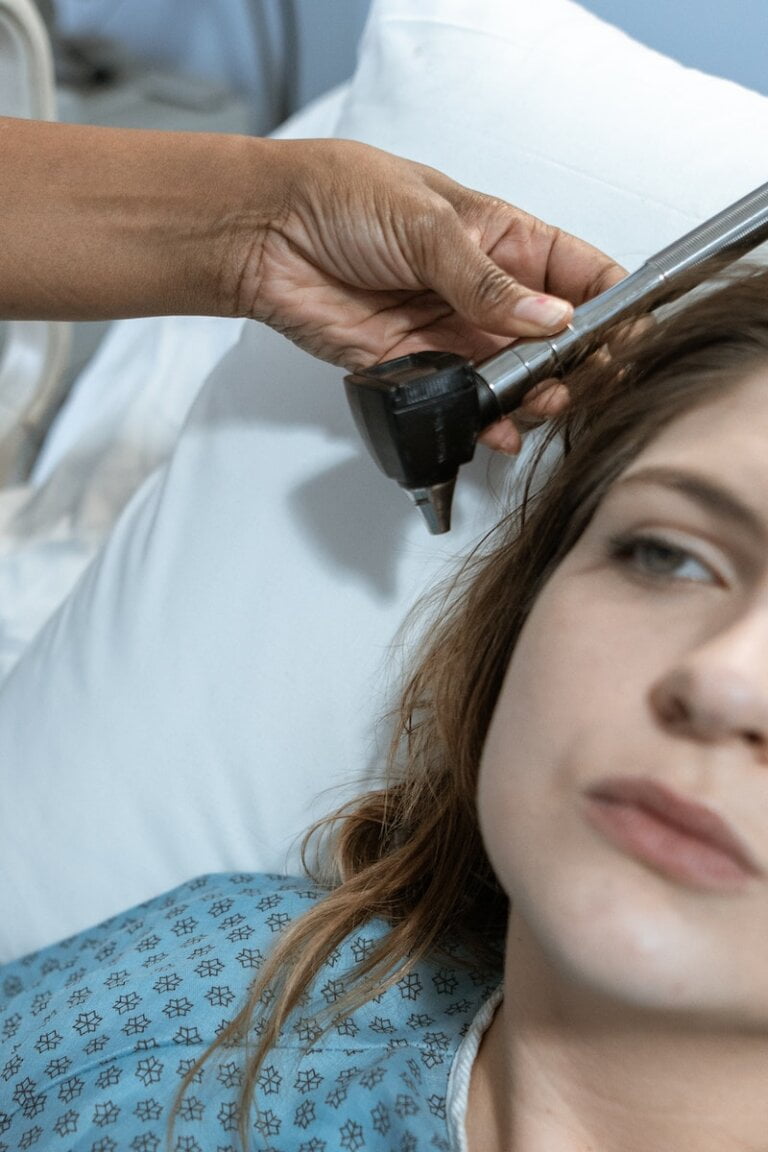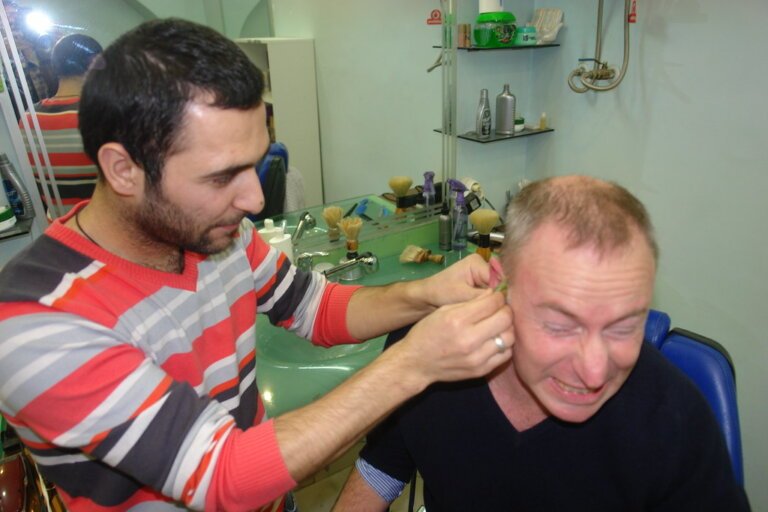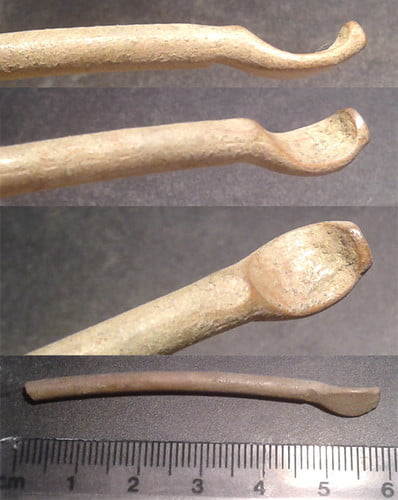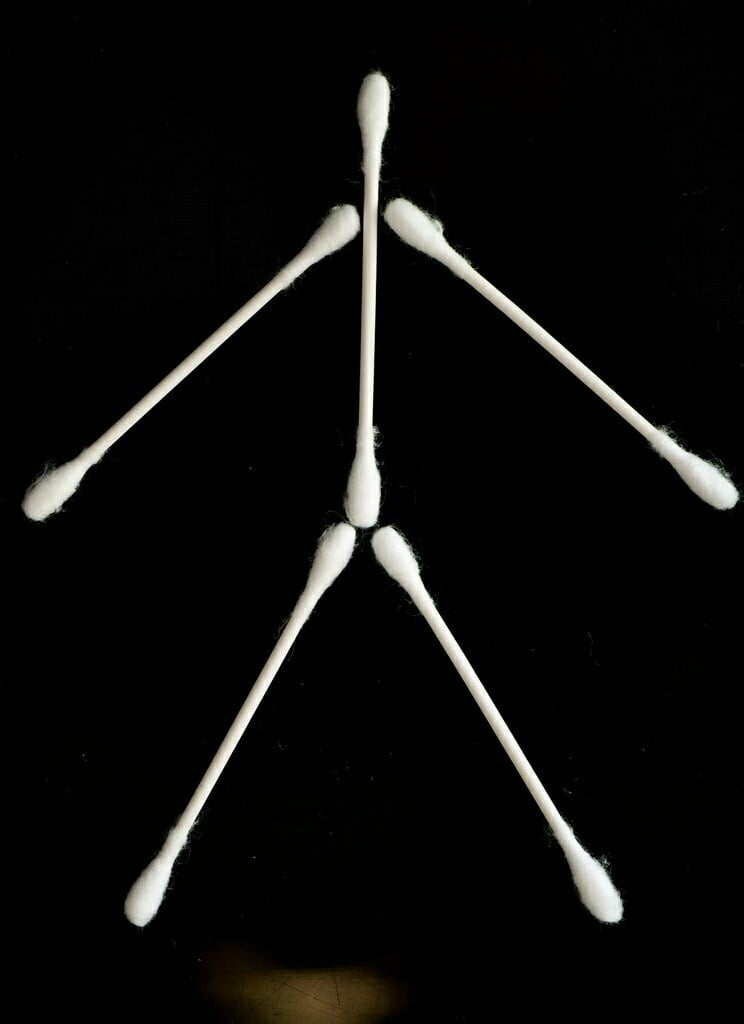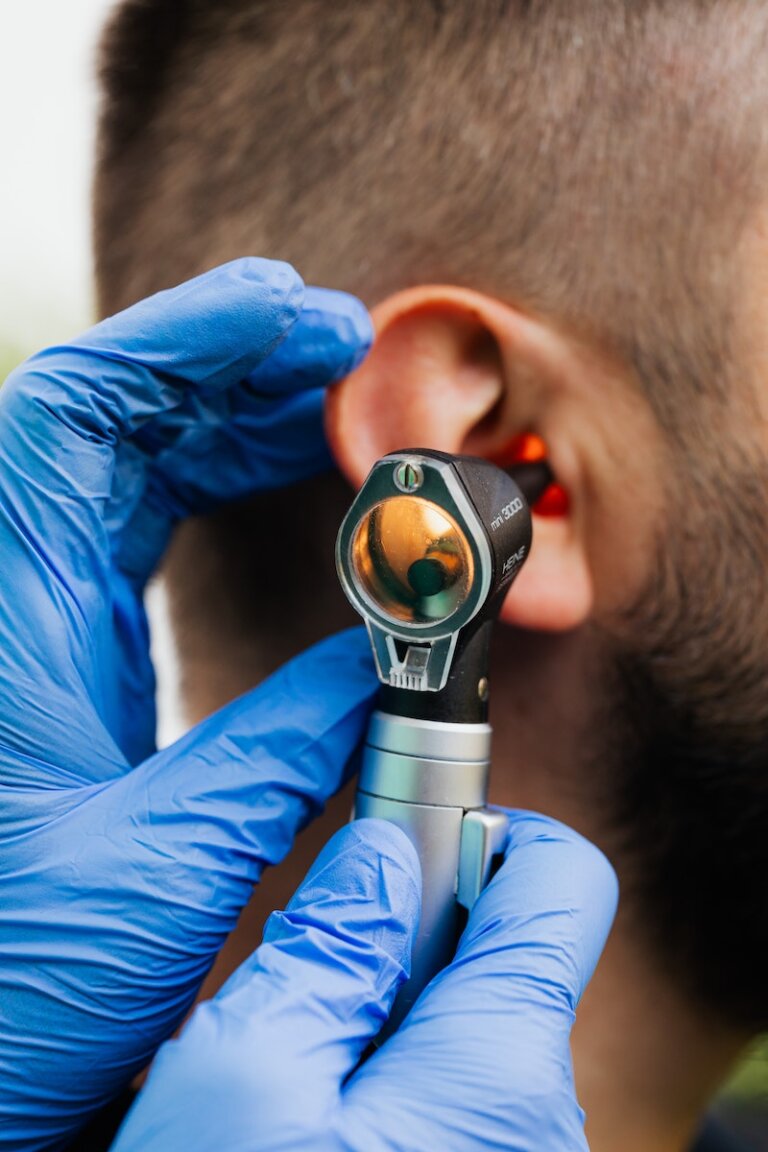Cautionary Tales: Reviews of Manual Instrument Ear Wax Removal Practitioners to Avoid
Last Updated on 3rd May 2024 by Admin
In this article, we will delve into the world of manual instrument ear wax removal practitioners and explore some cautionary tales surrounding their practices. Ear wax accumulation is a common issue that affects many individuals, and seeking professional help is crucial for safe and effective removal. However, not all practitioners adhere to the highest standards of care, and it is essential to be aware of the potential risks involved.
Understanding Manual Instrument Ear Wax Removal
Manual instrument ear wax removal, also known as cerumen extraction, involves the use of specialized tools and techniques to remove excess ear wax. This procedure is often performed by trained professionals, such as ear, nose, and throat (ENT) specialists, audiologists, or certified ear wax removal technicians. While manual instrument removal can be effective, it should only be carried out by professionals with proper training and expertise.
When it comes to manual instrument ear wax removal, it is important to understand the process and the tools involved. The practitioner will use instruments like curettes, suction devices, or forceps to gently remove the ear wax. They may also employ techniques such as irrigation, where a warm water solution is used to flush out the wax. It is crucial for the practitioner to have a thorough understanding of the anatomy of the ear to ensure safe removal without causing any harm to the ear canal or eardrum.
The Importance of Choosing a Qualified Practitioner
Choosing a qualified practitioner for manual instrument ear wax removal is crucial. Here are some factors to consider when selecting a professional:
- Certification and Training: Ensure that the practitioner is certified and has received adequate training in ear wax removal techniques. Look for credentials such as CEREC (Certified Ear Wax Removal Clinician) or similar certifications. This ensures that the practitioner has undergone specific training and has the necessary knowledge and skills to perform the procedure safely.
- Experience: It is essential to choose a practitioner with significant experience in manual instrument ear wax removal. Experienced professionals are more likely to handle the procedure smoothly and effectively, reducing the risk of complications. They have encountered a variety of ear wax cases and are familiar with different techniques to address them.
- Sterilization and Hygiene Practices: Inquire about the practitioner’s sterilization and hygiene protocols. Proper cleaning and disinfection of instruments are crucial to prevent infections and cross-contamination. The practitioner should follow strict protocols to ensure that all instruments are properly sterilized before each procedure. Disposable tools should be used whenever possible to minimize the risk of contamination.
- Patient Reviews and Recommendations: Read patient reviews and seek recommendations from trusted sources. Positive feedback from previous patients can be an indication of a practitioner’s competence and professionalism. Pay attention to reviews that mention the practitioner’s ability to make the patient feel comfortable, their expertise in handling different cases, and their adherence to safety protocols.
Cautionary Tales: Recognizing Red Flags
Unfortunately, not all manual instrument ear wax removal practitioners maintain the highest level of professionalism and adhere to standard practices. It is essential to be aware of certain red flags that may indicate an unqualified or unscrupulous practitioner. Here are some cautionary tales:
- Lack of Certification and Training: If a practitioner cannot provide evidence of proper certification and training, it is a major red flag. Avoid practitioners who cannot demonstrate their qualifications. Certification ensures that the practitioner has undergone the necessary training and has met specific standards of competence.
- Unsanitary Conditions: A clean and hygienic environment is crucial for ear wax removal procedures. If you notice unsanitary conditions, such as dirty instruments, lack of gloves, or inadequate sterilization practices, it is best to seek treatment elsewhere. Proper sterilization practices are essential to prevent the spread of infections and ensure the safety of the procedure.
- Rough Handling and Discomfort: While some discomfort during ear wax removal is common, excessive pain or rough handling should not be tolerated. A qualified practitioner will prioritize patient comfort and ensure a gentle and safe procedure. They will use techniques that minimize discomfort and take the necessary precautions to avoid any harm to the ear.
- Excessive Pressure or Irrigation: Manual instrument ear wax removal should involve careful and controlled movements. Beware of practitioners who use excessive pressure or aggressive irrigation methods, as these can cause damage to the ear canal or eardrum. The practitioner should use appropriate techniques based on the individual’s condition and take into account any underlying ear issues.
Ensuring a Safe and Effective Procedure
To ensure a safe and effective manual instrument ear wax removal procedure, follow these guidelines:
- Seek Professional Referrals: Consult with your primary care physician or request referrals from trusted healthcare professionals. They can recommend qualified practitioners who specialize in ear wax removal. These professionals have a network of trusted colleagues and can guide you towards the right practitioner based on your specific needs.
- Ask Questions: Before the procedure, don’t hesitate to ask the practitioner about their qualifications, experience, and sterilization practices. A competent professional will happily address your concerns and provide satisfactory answers. It is important to have open communication with the practitioner and feel comfortable with their responses before proceeding with the procedure.
- Be an Informed Patient: Educate yourself about the ear wax removal process and familiarize yourself with the do’s and don’ts. Understanding the procedure will enable you to recognize any potential red flags and make informed decisions. Research reputable sources, such as medical websites or trusted healthcare organizations, to gather accurate information about the procedure.
- Report Unprofessional Practices: If you encounter an unqualified or unprofessional manual instrument ear wax removal practitioner, report your experience to relevant authorities or regulatory bodies. Your actions can help protect others from similar experiences and ensure the enforcement of proper standards. Reporting such incidents is crucial for maintaining the integrity of the profession and safeguarding the well-being of patients.
Conclusion
While manual instrument ear wax removal can provide relief and improve hearing, cautionary tales surrounding unqualified practitioners serve as a reminder of the importance of choosing qualified professionals. By following the guidelines outlined in this article and being vigilant for red flags, you can ensure a safe and effective ear wax removal experience. Prioritize your health and well-being by seeking the assistance of certified practitioners who adhere to the highest standards of care.
FAQ
- What is manual instrument ear wax removal?
- Manual instrument ear wax removal, also known as cerumen extraction, is a procedure that involves the use of specialized tools and techniques to remove excess ear wax. It should only be performed by trained professionals with proper training and expertise.
- How can I choose a qualified practitioner for manual instrument ear wax removal?
- When selecting a practitioner, consider factors such as certification and training, experience, sterilization and hygiene practices, and patient reviews and recommendations. Choosing a qualified practitioner is crucial for a safe and effective procedure.
- What are some red flags to watch out for when choosing a manual instrument ear wax removal practitioner?
- Red flags include a lack of certification and training, unsanitary conditions, rough handling and discomfort, and the use of excessive pressure or aggressive irrigation methods. These signs may indicate an unqualified or unscrupulous practitioner.
- How can I ensure a safe and effective manual instrument ear wax removal procedure?
- To ensure a safe and effective procedure, seek professional referrals, ask questions about the practitioner’s qualifications and practices, be an informed patient, and report any unprofessional practices to relevant authorities. Prioritize your health and well-being by choosing certified practitioners who adhere to the highest standards of care.


